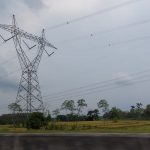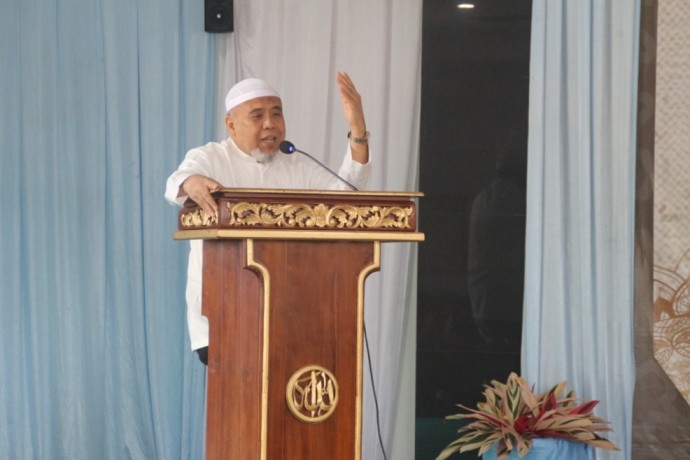One century of monitoring volcanoes

Jakarta (Indonesia Window) – “If you want to enjoy the splendour and beauty of volcanoes, prepare for the mitigation of geological disasters.”
Therefore, as a country rich in volcanoes including its famous Mount Tambora which erupted in 1815 and is believed to have caused the northern hemisphere to experience a year without summer, Indonesia has the Center for Volcanology and Geological Disaster Mitigation (PVMBG) at the Geological Agency under the Ministry of Energy and Mineral Resources (ESDM).
September 16, 2020, will mark a century of the center having carried out volcano monitoring in the country.
“In 2020, Indonesian volcano monitoring activities will enter the age of 100 years, a long period of time for the development of a system,” said Head of the Geological Agency Rudy Suhendar when opening a colloquium on the results of the center’s volcano study on Wednesday (Jan.15) in West Java provincial capital of Bandung, Indonesia.
Rudy explained, before becoming PVMBG, there were a number of changes to the name of the institution since the center was first established on September 16, 1920, as the Office of Volcanic Guard.
Despite the changes, the vision and mission of the institution remain the same, which is to become the main and trusted institution in the field of disaster mitigation of volcanic eruptions, land movements, earthquakes and tsunamis to save lives and property besides providing security to the people.
History
The history of volcano monitoring began during the eruption of Mount Kelud on May 20, 1919, which was recorded as the most severe eruption in the 20th century killing about 5,160 people.
Following this acciddent, on September 16, 2020 the Vulkaan Bewakings Dients or the Volcanic Guard Service was established under Dients Van Het Mijnwezen.
The institution is now known as the Center for Volcanology and Geological Disaster Mitigation.
“One hundred years is a long journey full of various experiences from which we can take lessons, contemplate and even celebrate together,” said Rudy.
In 1922, The Vulkaan Bewakings Dients was formalized as the Volcanologische Onderzoek (VO), which became known as the Volcanological Survey in 1939.
During the period 1920-1941, Volcanologische Onderzoek built a number of volcano guard posts, namely the Krakatau Mountain Post on Panjang Island, Tangkuban Perahu Mountain Post, Gunung Papandayan Post, Kamojang Crater Post, Mount Merapi Post (Babadan, Krinjing, Plawangan, Ngepos), Mount Kelud Post, Mount Semeru Post, and Ijen Crater Post.
During the Japanese occupation, volcanic surveillance was handled by Kazan Chosabu.
After independence in 1945, the Indonesian government established the Volcano Service (DGB) under the Mining Office.
In 1966, the service was changed to the Volcanology Affairs Office under the Directorate of Geology, and in 1976 was changed again to the Sub-Directorate of Volcanology under the Directorate of Geology, the Ministry of Mines.
Then, in 1978 the government formed the Directorate of Volcanology under the Directorate General of General Mining, the Ministry of Mines and Energy.
Fourteen years later, in 1992 the Directorate of Volcanology under the Directorate General of Geology and Mineral Resources was established.
Changes to the institution continue.
In 2001, volcanological affairs, soil movements, earthquakes, tsunamis, erosion and sedimentation were handled by the Directorate of Volcanology and Geological Disaster Mitigation.
After joining the Geology Agency, the Directorate of Volcanology and Geological Disaster Mitigation changed its name to the Center for Volcanology and Geological Disaster Mitigation (PVMBG).
Appreciation
The existence of the center and its role in monitoring geological disasters related to volcanoes has been felt by the people in the country.
The international community also recognizes the work of the center as the Indonesian Volcanology Survey (VSI) with high performance awards in Volcanology Crisis Monitoring and Management from the world’s largest volcanology organization, the International Association of Volcanology and Chemistry of the Earth’s Interior (IAVCEI).
The awards constitute an important historical record because the center became the first volcanology institution in the world to receive the 2018 IAVCEI Volcano Surveillance and Crisis Management Award from IAVCEI President Don Dingwell in Naples, Italy, on September 7, 2018.
Reporting by Indonesia Window










